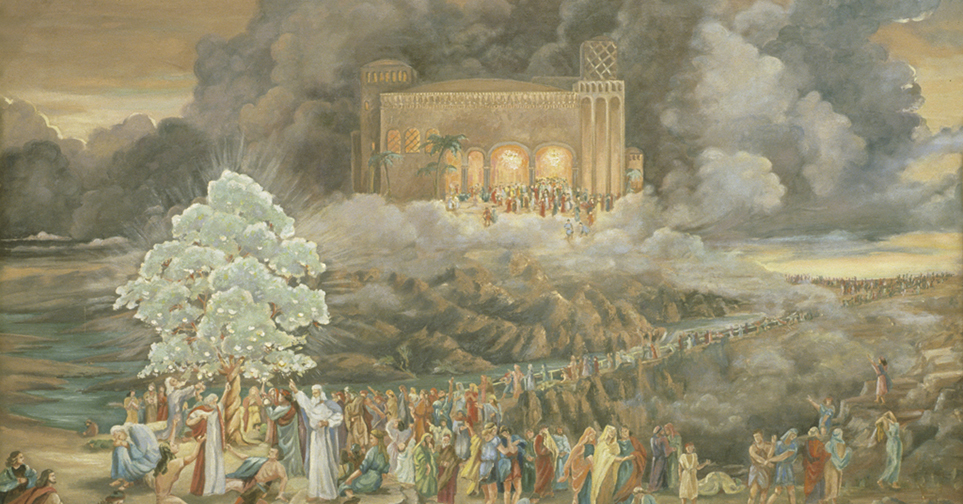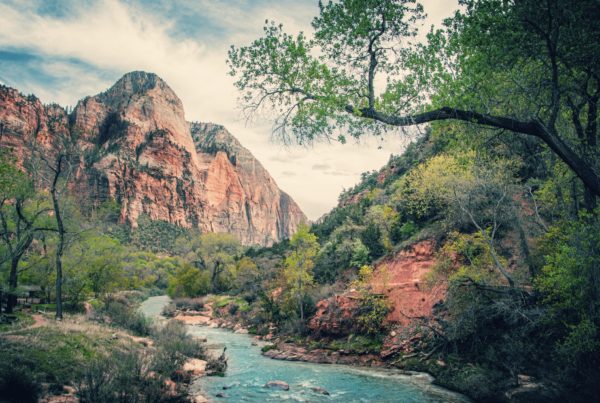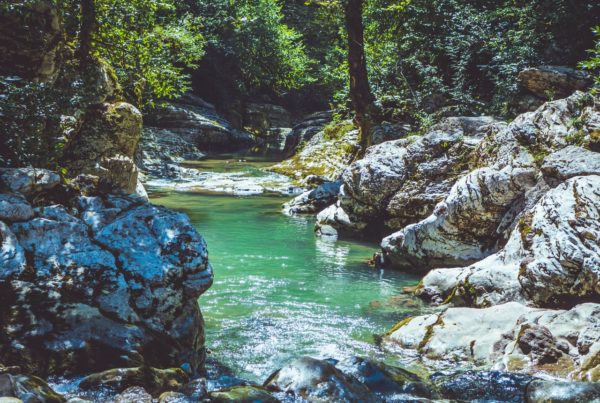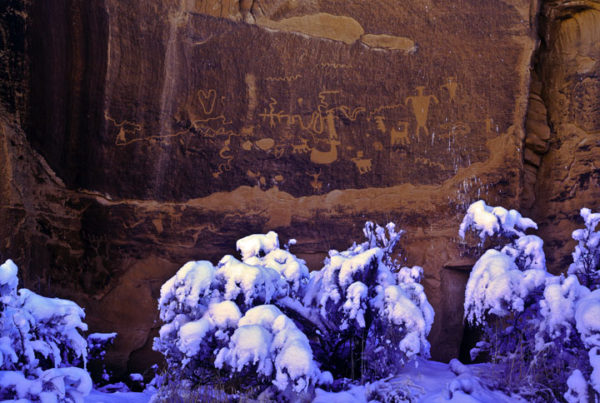When it comes to conflict, Lehi’s vision of the Tree of Life is overflowing. There’s the main conflict between people and the internal conflict of the individuals clinging to the rod who are still grappling with the question of what they truly want. Then there’s the tension between humans and society found in the way those searching for the right path to take fight against the culture of the great and spacious building. The conflict that perhaps isn’t discussed as often—even though it’s wildly overt in the text—is the conflict that exists between humans and the environment.
In the vision-world Lehi sees, we’re given a solitary tree in a “dark and dreary waste” (1 Nephi 8:7) that stands in direct opposition to a massive manmade structure. Though the fruit of the tree is good, the water source in this world is polluted and the air is like smoke. In the great and spacious building, cynics and (indulge me) bureaucrats draped in wealth set themselves above the masses and mock them as they eat the fruit and follow the iron rod to get to it. Below the crowds in the building, women and men, maybe even children they’ve taken with them, are drowning in the river in their attempts to get to a place that seems to offer more than the fruit, perhaps shelter. Those in the building do little more than point and laugh as the ones who follow them perish. On a spiritual and a physical level, it’s dark and deeply disturbing.
In contrast, the Tree of Life stands vibrant, immovable, and salvific, offering fruit that can fill those who eat it with joy. That’s the central message of the allegory: Christ’s love can bring us joy. But what does it say about our Heavenly Parents that a tree is the symbol They chose to tell that story through? What if the significance of the tree isn’t only that it’s a symbol of God’s love but that it’s a literal organism deeply loved by God?
God’s love, when you look for it in scripture, isn’t often found in palaces, walls, or towers. It’s found in trees and vineyards and gardens. Faith is a mustard seed, and truth is living water. Christ sees himself in the lamb and the humble shepherd who takes care of his creatures under the stars. God’s words are found in seas and forests. They flow from mountaintops. Even wilderness, brutal and unforgiving as it is, is a space for knowing Him, a type of Gethsemane. God’s identity, like an ecological system, is woven through all of these things.
What follows is the realization that the natural world which surrounds us isn’t simply the backdrop for our breakout performance in mortality. It’s a creation tenderly loved by and deeply significant to a Creator we both share, one whose first commandments to the children He placed in Eden included “replenish it,” “dress it,” and “keep it.” It’s the way He shares His love for us. The question that follows is how are we treating that literal expression of love?
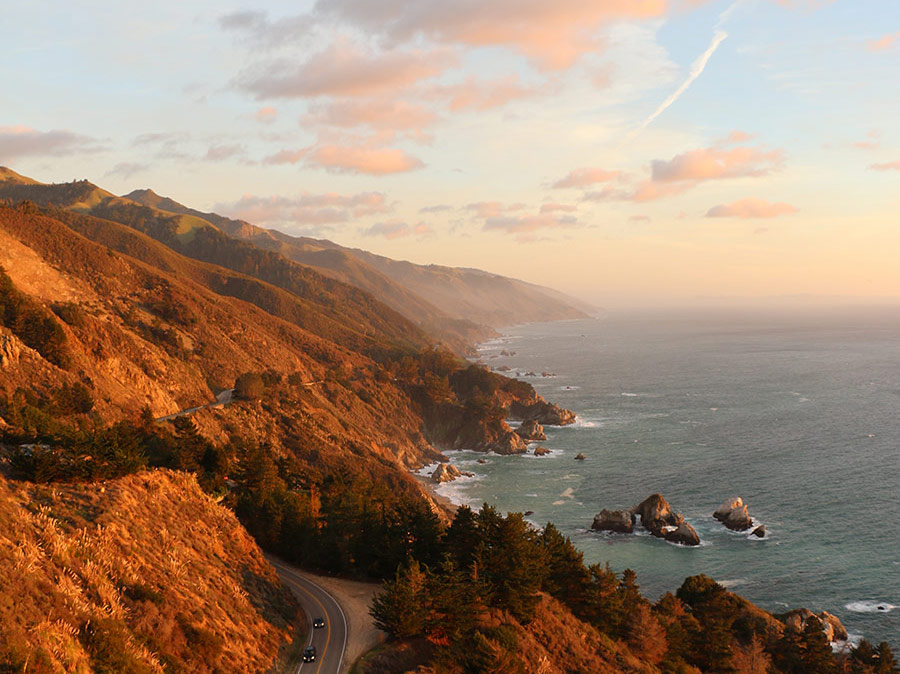
Deciphering Trees and Waters
In Lehi’s vision-world, the tree is an immovable and sacred source of spiritual oxygen with enough fruit to sustain everyone. In our world, entire rainforests are destroyed on purpose and trees are only as good as the profits they make torn to pieces. The tree in Lehi’s vision is described as having a “whiteness greater than driven snow,” and in artistic depictions, it looks like it’s on fire. Fire decimated thousands of native trees and wildlife populations in Australia this year, and their ashes, driven like snow into the rivers by the wind, killed enough fish to feed 500,000 and then some.
I think about the river in Lehi’s dream, the “awful gulf which separated the wicked” (1 Nephi 15:28) from the fruit. Lehi didn’t notice the river was filthy. The crowds in the building didn’t care that lives were lost. It makes me think about how our human response to environmental events that our institutions are capable of controlling or we as individuals are capable of mitigating often settles in that sway between not noticing and not caring, even when the most vulnerable communities around us, the ones Christ calls “the least of these,” are the most devastated by our inaction.
When I think of the filthy river, I remember the photographs of blood-colored pelicans that emerged after the BP oil spill in 2010, their feathers heavy with toxins. I think of Flint, Michigan, where they’re still using water filters to avoid contamination five years after the government failed to fix corroding pipes and lead crept through their faucets. I think about how thousands of indigenous people protested the Dakota Access pipeline plans for months, and it was built anyway. In October, nearly 400,000 gallons of oil leaked out into the surrounding wetlands. Mostly I think about how we’ve ceded control of our natural spaces to people and institutions who are careless with them. The Earth is vulnerable, and when its resources are exploited and used haphazardly, it isn’t only the planet that suffers. It’s people.
Set in the backdrop of all of this, I see the “pride of the world” differently. It’s wickedness and it’s sin, yes, but it’s also rampant consumerism, the greed of corporate giants who only care for their own interests, the failure of human institutions to protect the vulnerable, political figures who turn a deaf ear to experts telling them our planet is in trouble, and the apathy of individuals like you and I who view the Earth as something to lay waste to instead of something precious and struggling to carry the burden we—it’s stewards—have placed on it.
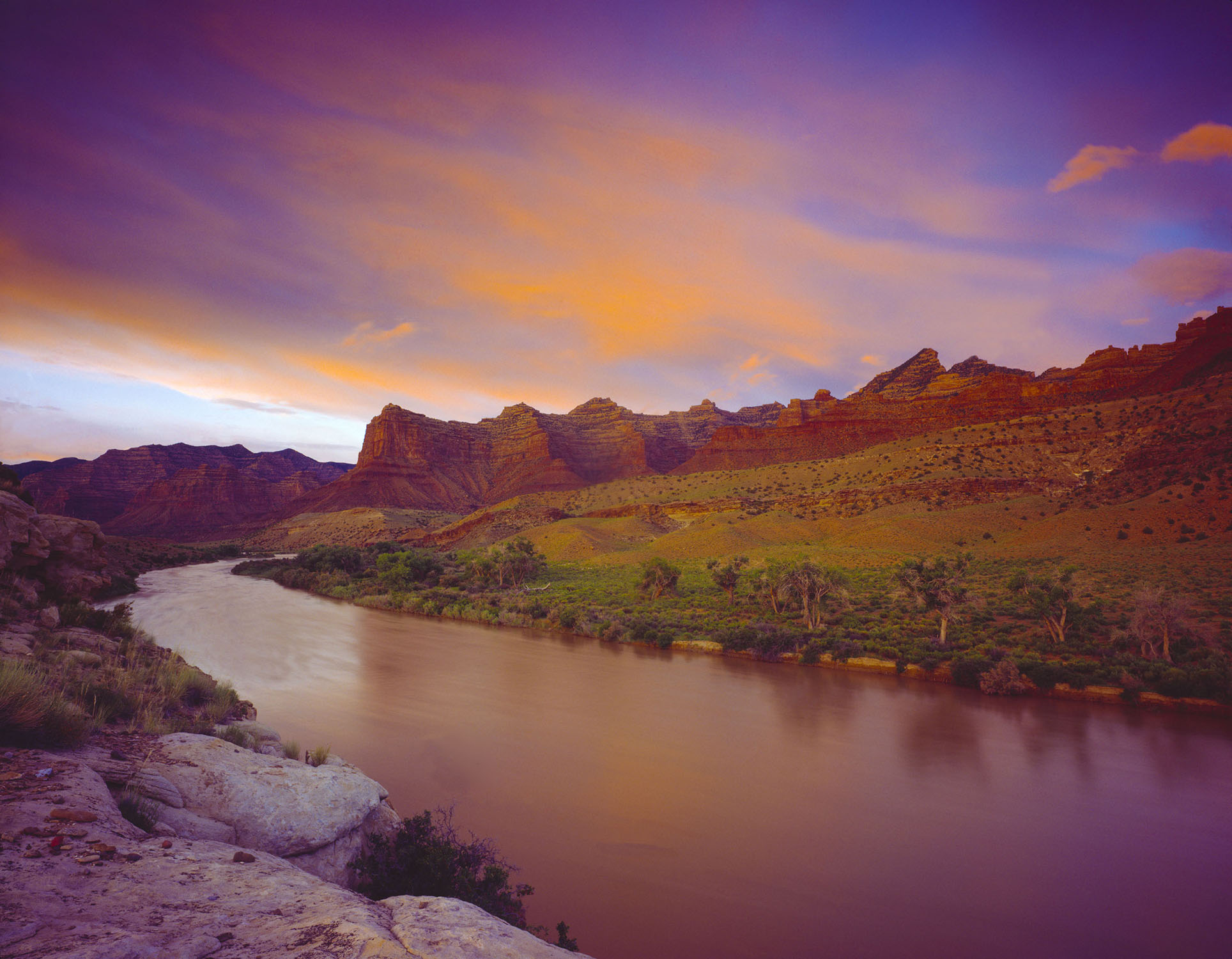
The Work of Stewardship
In a recent press release about environmental stewardship, the Church Newsroom wrote, “The state of the human soul and the environment are interconnected, with each affecting and influencing the other.” And also: “The earth and all things on it should be used responsibly to sustain the human family. However, all are stewards—not owners—over this earth and its bounty and will be accountable before God for what they do with His creations.”
Good stewardship is doing the work, like so many people and organizations already are, so our children and our children’s children can find joy in God’s creations long after we are gone. Good stewardship isn’t viewing the Savior as a janitor who will come clean up after we’ve made our mess while sitting comfy in our great and spacious status quos and pointing mocking fingers at the people doing the work we won’t.
Being a good steward may require us to be more vocal about the bodies harming the environment we live in and hold them accountable. It may also require us to listen to scientists who tell us our planet is in crisis. Being a good steward means wasting less of our resources, and it may mean easing our way into different lifestyles that do more to nurture the environment around us. Some great ideas can be found in an address given by Elder Steven E. Snow at an environmental stewardship symposium in 2018. I think bettering our stewardship is going to require those of us with the resources and the influence to make conservation efforts and good stewardship more doable for marginalized communities. On a base level, being a good steward demands that we stop trashing our outside spaces with Big Gulp cups, cigarette butts, and other waste that lines every street and every trail like a roadside memorial to our own apathy.
Lehi’s vision wasn’t really about taking fruit from the tree: it was about finding and sharing the joy in it and seeking out things that last. I think one of God’s fondest hopes for us is that we look at the world He’s given us, call it “good,” and do what we can to share and preserve it so that it, too, can last. There is boundless love and joy to be found in the Savior. There’s also boundless love and joy to be found in the tree.
